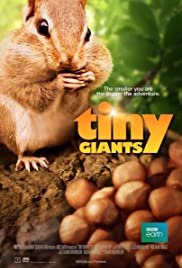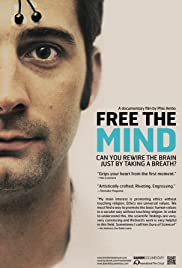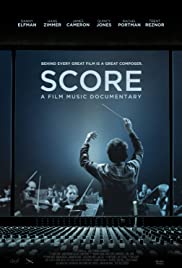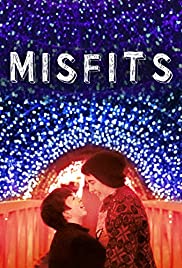
It explores the challenges facing wild horses around the world and the efforts being made to preserve their existence.
You May Also Like

A short about what happens under and around us. A chipmunk and a small mouse go on an adventure; they grow and learn about life and its obstacles.

All the cool kids were wearing it. This documentary explores A&F’s pop culture reign in the late ’90s and early 2000s and how it thrived on exclusion.

Two men break into a mortuary to see what’s inside.

Follow comedian Greg Bergmanandapos;s obsessive quest to enlarge his penis. After a failed experiment using pills, pumps and other methods, Bergman travels to a surgeon in Tijuana, Mexico where he risks everything to andapos;go bigandapos;.

Brain scientist Professor Richard Davidson sets up his mind to conduct an unusual experiment: He will teach American war veterans and children meditation and yoga. Can veterans through meditation and yoga ease their pain and nervous system, find happiness and be more peaceful and get back to a life more like the one they had before the war?

The swinging sixties presented by Michael Caine himself, featuring an era-defining soundtrack.

Music is an integral part of most films, adding emotion and nuance while often remaining invisible to audiences. Matt Schrader shines a spotlight on the overlooked craft of film composing, gathering many of the art form’s most influential practitioners, from Hans Zimmer and Danny Elfman to Quincy Jones and Randy Newman, to uncover their creative process. Tracing key developments in the evolution of music in film, and exploring some of cinema’s most iconic soundtracks, ‘Score’ is an aural valentine for film lovers.

In an Oklahoma town with 2,000 churches, OpenArms is a small shelter for LGBT teenagers. This doc follows three teens who find love and friendship in a world that labels them outcasts.

A unique and compelling account of the day that changed the modern world, captured by ordinary people who chose to pick up their cameras and film that fateful day.

This observational documentary follows the lives of Nashville’s most dynamic exotic dancers over the course of several days – highlighting their skills as dancers, upbringing, personal relationships and business acumen.

‘Theatre is my life,’ Yıldız Kenter admits in her biography written by Dikmen Gürün. This is the story of a star, who has dedicated her whole life to her theatre company, students, the stage. Recounting the prizes received as well as the prices paid for pursuing your passion, Sweetie is a testimony to the transforming cultural landscape of the country as it tells Kenter Theatre’s story and thus how a private theatre has managed to survive. Including interviews by family members, students, fellow actors, as well as rare archival images and footage, Sweetie is an homage to the ‘North Star of Turkish theatre.’ The documentary was written by Zeynep Miraç, scored by Murat Evgin, and features Dikmen Gürün as advisor.

We all have a past, a series of events that shepherd us onto the path we are destined to walk. These circumstances unknown to the majority, lead to questions born of intrigue. Follow Dave Radford’s relentless journey through life and discover the true meaning of a fearless fighter, both inside and outside the ring of bales.